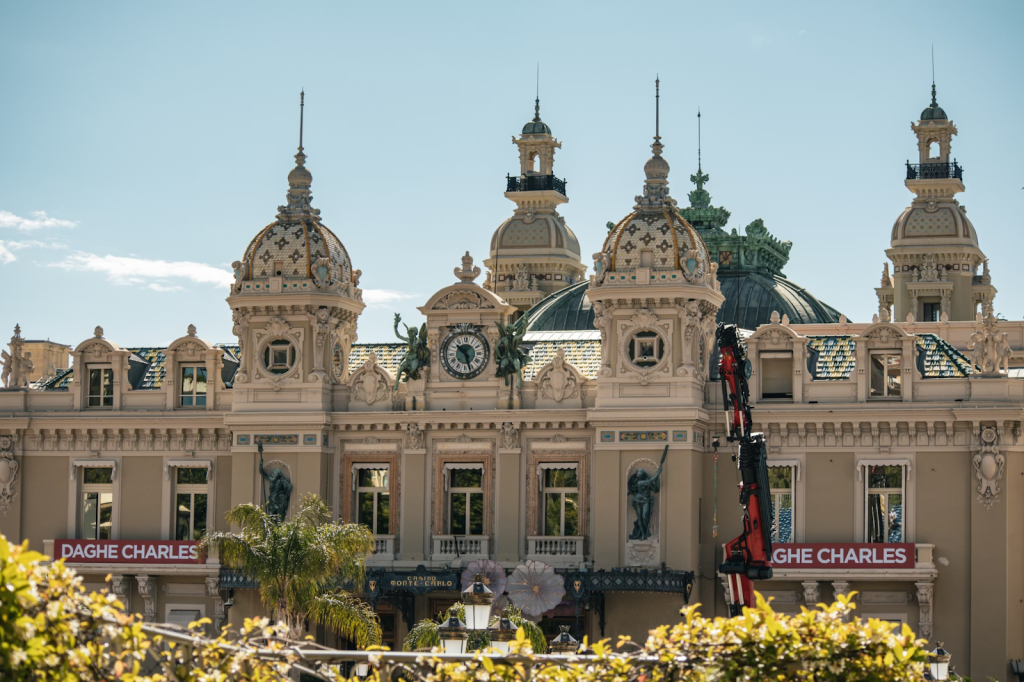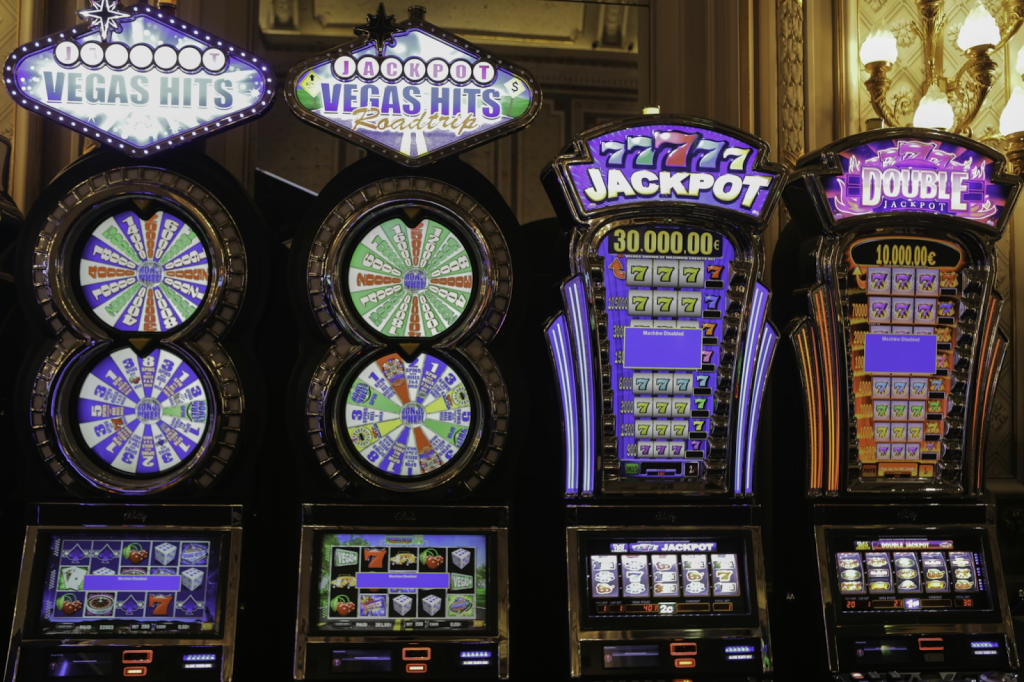
Casino de Monte Carlo opened in 1863 in Monaco. Princess Caroline started the project to save Monaco from going broke. French architect Charles Garnier designed the building. The casino changed Monaco from a poor country to a luxury spot.
The Vision Behind Monaco’s Salvation
Prince Charles III ran Monaco during money troubles in the 1850s. The tiny country measured just 2 square kilometers. Old industries brought almost no money. Princess Caroline suggested building a casino to bring in rich visitors.
François Blanc got the rights to run the place. He had success with casinos in Bad Homburg, Germany before. Blanc put in 1.7 million francs to start. The spot on the Mediterranean coast worked perfect for luxury.
Modern Ways to Learn Casino History
Understanding casino history helps you appreciate modern games. Educational sites now make learning about classic games easy. Many places offer info about betting systems and game types. Historical context adds depth to what you know today.
People on budgets can explore gaming without spending much. Today’s sites give you ways to start through promos. If you want to try historical table games, you can test them using 300 no deposit bonus codes that give bonus chips from $200-$300 for trying different games. These bonuses let you practice roulette, blackjack, and baccarat that Monte Carlo made famous. Most offers need you to wager between 30x-50x before you can withdraw.
Learning by doing helps you understand what made Monte Carlo special. Historical games stay popular because they work well after 160 years. Modern tech makes these classics easier to access than before. This link between old and new keeps casino history alive.
Architectural Marvel of 1863
Charles Garnier created the casino design in baroque style. The same architect later designed the Paris Opera House in 1875. The building had fancy paintings and gold decorations everywhere. Marble columns held up high ceilings with painted art.
The Salle Garnier theater opened inside the casino in 1879. It had 524 seats with red velvet chairs. The theater brought in Sarah Bernhardt and Enrico Caruso. This mix of gaming and culture made Monte Carlo different.
The Atrium had a stained glass ceiling by Clairin. Bronze statues by Clésinger stood at the main door. The Salon Rose had paintings by famous French artists. Every room showed great skill and luxury materials.
The François Blanc Era
François Blanc ran the casino from 1863 until he died in 1877. He banned locals from playing to keep it elite. This rule still exists in Monaco today. Only tourists and foreigners can go on the gaming floors.
Blanc built hotels, roads, and railway links to Monaco. The train line from Nice opened in 1868. The Luxury Hotel de Paris opened next to the casino in 1864. These changes brought European rich people in big numbers.
Casino money grew from 4 million francs in 1869 to 8 million by 1876. Monaco got rid of income tax in 1869 thanks to profits. The country became a tax haven for wealthy Europeans. This money success beat all early hopes.
Belle Époque Golden Age
The years from 1871 to 1914 were Monte Carlo’s best time. European royalty came to Monaco in winter. Grand Duke Michael of Russia spent millions at tables. King Leopold II of Belgium came often.
The casino had 800 workers by 1880. Dealers trained in Paris before Monaco. The dress code needed formal clothes for all guests. Security checked visitors to keep it exclusive.
Mata Hari performed at the theater in 1905. Sergei Diaghilev showed ballets there in 1911. The cultural events brought intellectuals and gamblers. This mix created a unique scene in Monaco.
Famous Winners and Notable Events
Charles Wells broke the bank 12 times in 1891. He turned £4,000 into £40,000 in three days. His story inspired the song “The Man Who Broke the Bank at Monte Carlo.” Wells turned out to be a con artist later.
Joseph Jagger hired helpers to write down roulette results in 1873. He found wheel problems that favored certain numbers. Jagger won £65,000 before the casino fixed it. This made casinos check wheels every day.
The casino banned card counting after MIT students won big in the 1960s. Edward Thorp wrote “Beat the Dealer” in 1962 with strategies. Casinos everywhere changed rules because of Monte Carlo problems. These events shaped modern gaming rules.
Architectural Additions Through Decades
Henri Schmit designed new gaming rooms from 1898-1910. The Salon Blanc opened in 1898 with white marble. The Salle Médecin added 300 square meters in 1903. These additions fit more visitors.
The restaurant Le Train Bleu opened in 1868. Chef César Ritz ran it from 1897 to 1902. The dining room had murals by Gabriel Ferrier. Guests ate on silver plates under crystal lights.
Updates in the 1970s added modern gaming areas. The Salle des Amériques opened in 1979. Air conditioning and better lights made it more comfortable. Traditional rooms kept the original Belle Époque style.
Impact on Popular Culture
Ian Fleming set Casino Royale partly at Monte Carlo. James Bond visited Monaco in several films. “GoldenEye” showed the casino in the opening. These movies made it pop culture famous.
Grace Kelly married Prince Rainier III in 1956. The actress became Princess of Monaco. Hollywood stars came to Monaco after that. This royal link brought American tourists in bigger numbers.
“Monte Carlo or Bust” came out in 1969. It showed the casino in several scenes. Cary Grant filmed “To Catch a Thief” there in 1955. Movies kept Monaco in people’s minds for decades.
Gaming Options Through the Ages

Roulette ruled the early years from 1863-1900. The casino only had European roulette with single zero. Minimum bets started at 5 francs in 1863. High stakes tables took bets up to 12,000 francs.
Baccarat came in 1869 and got popular fast. Trente et Quarante joined in 1871. Blackjack showed up much later in 1962. Slot machines came in 1986 despite people not wanting them at first.
Modern casinos added poker rooms in 2004. Texas Hold’em tournaments started in 2005. The gaming floor now covers 7,000 square meters total. Traditional table games still sit in the best central spots.
Key Milestones in Casino History
Important dates that shaped Monte Carlo:
- 1863: Casino opens with few game choices
- 1868: Railway to Nice finished
- 1873: Joseph Jagger finds wheel problems
- 1879: Opera house opens inside casino
- 1910: Big building expansion done
- 1956: Grace Kelly marries Prince Rainier
- 1986: First slot machines added
- 2004: Poker rooms brought in
Financial Impact on Monaco
Casino money paid for Monaco’s growth from the 1860s on. The country’s budget grew from 600,000 francs in 1865 to 12 million by 1900. Tax money from casinos made up 95% of state income by 1870.
Today casinos give only 5% of Monaco GDP. Tourism and real estate now run the economy. The casino stays symbolic rather than money maker. Its historical meaning beats the current economic effect.
Preservation and Modern Updates
UNESCO thought about Monte Carlo for heritage status in the 1990s. The building got the Monument Historique title in 1981. Strict rules control any changes. Original Belle Époque features must stay intact.
The 2018 renovation cost 50 million euros total. Workers fixed original paintings and gold leaf. Modern security systems went in behind historic fronts. The project balanced keeping history with modern needs.
Climate control added in 2015 protects artwork. LED lighting replaced old lights in 2019. These updates made things better without visible changes. Teams watch humidity and temperature all the time.
The Casino Today
An 1999 Economist article states that Casino de Monte Carlo gets 500,000 visitors per year. Nothing has changed in the 26 years since then, and Monte Carlo’s stability is impressive. Entry fee costs €19 for non-Monaco visitors. The dress code stays strict with the jacket needed. The place opens at 2 PM on weekdays.
Four hundred slot machines fill the modern Salle Renaissance. Thirty table games run in traditional rooms. Private salons fit high rollers wanting privacy. Gaming money hit €80 million in 2024.
The Salle Garnier still has opera and ballet shows. The casino complex includes Hotel de Paris and Café de Paris. This mix of luxury services continues the original plan. Monte Carlo stays the benchmark for casino quality worldwide.
Conclusion
Casino de Monte Carlo survives 162 years through change and care. The building mixes historical value with modern use. Its influence shaped gaming industry standards worldwide. Future people will keep visiting this building masterpiece. The casino shows that heritage and innovation can work together.